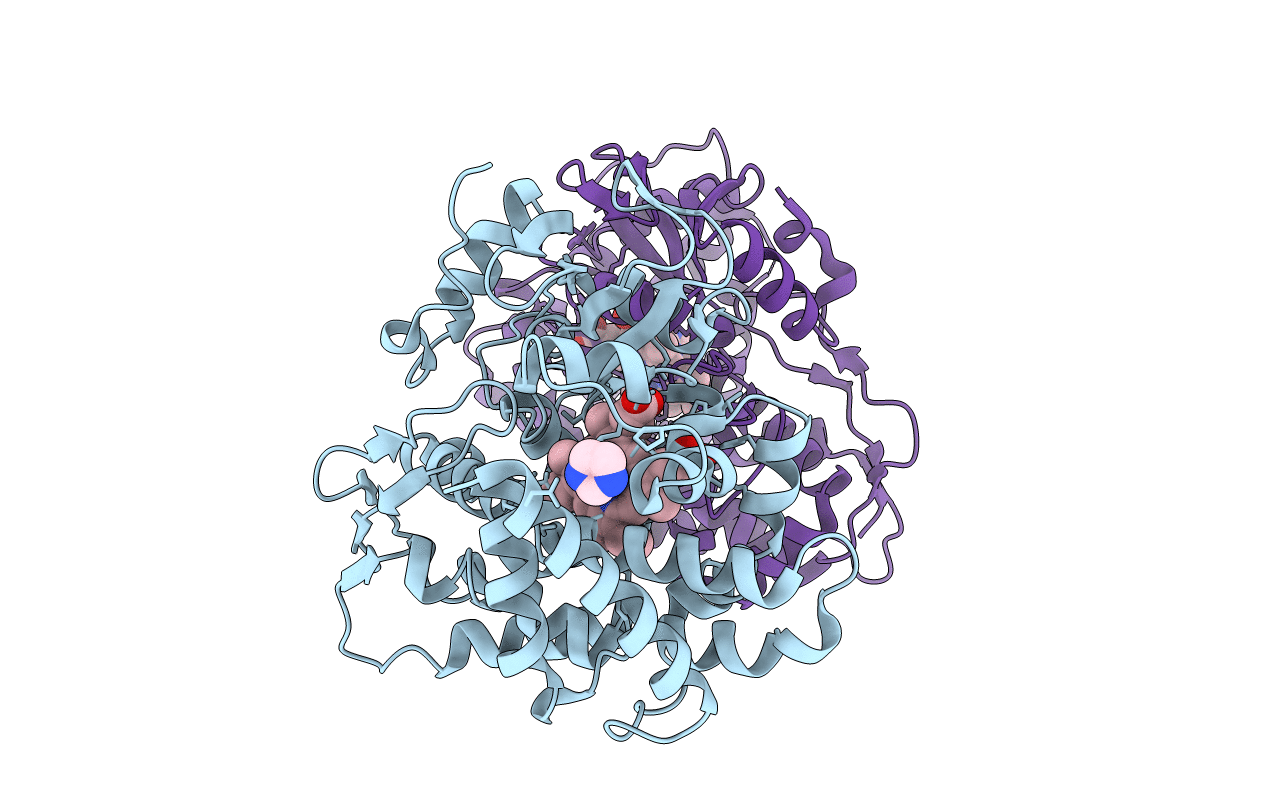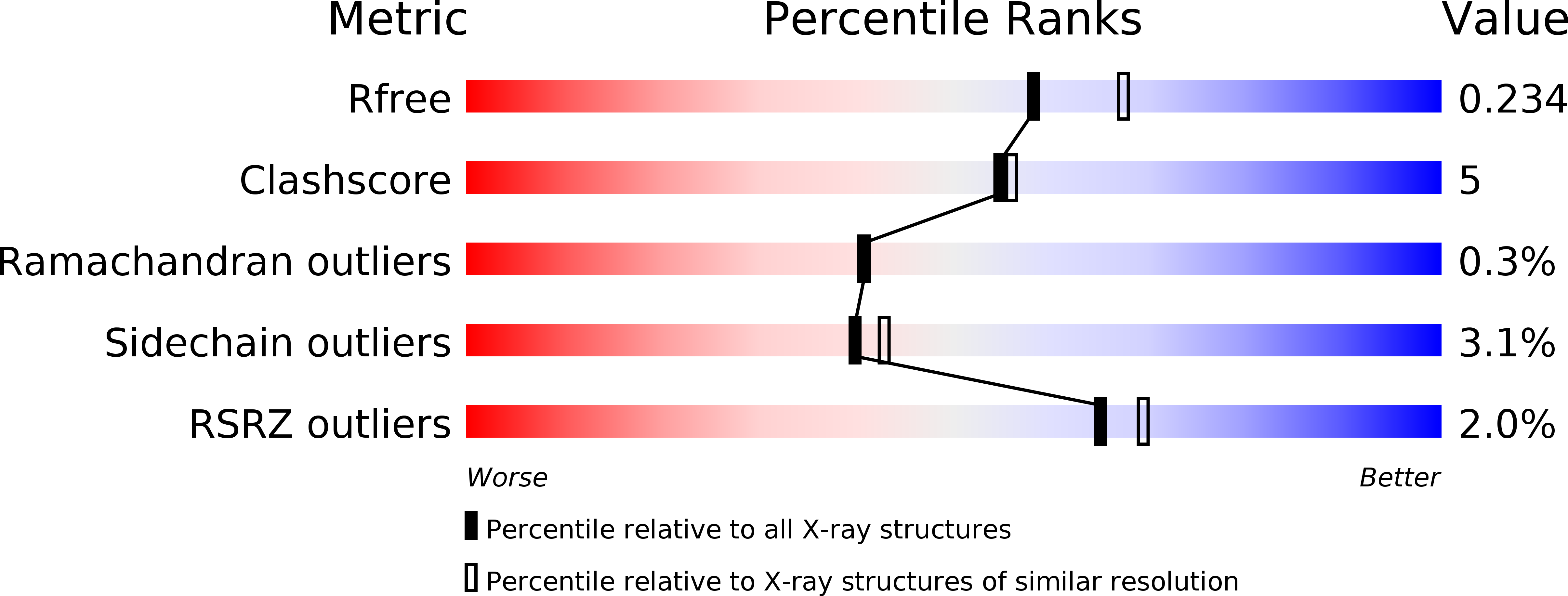
Deposition Date
2013-06-05
Release Date
2013-12-11
Last Version Date
2024-03-20
Entry Detail
Biological Source:
Source Organism:
Streptomyces scabiei (Taxon ID: 680198)
Host Organism:
Method Details:
Experimental Method:
Resolution:
2.10 Å
R-Value Free:
0.23
R-Value Work:
0.19
R-Value Observed:
0.19
Space Group:
P 1


